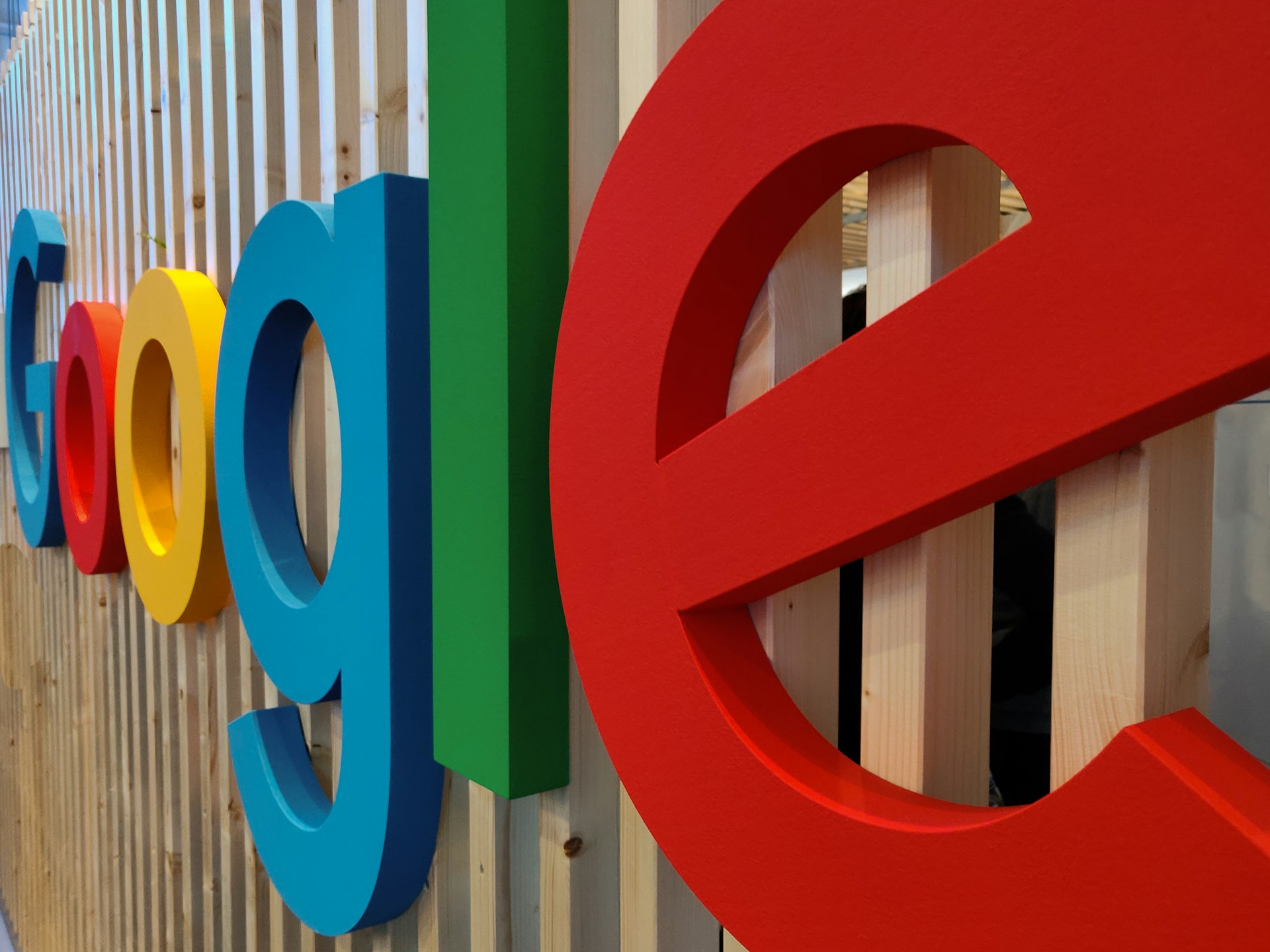Empowering the Next Generation: Why Digital Literacy is Essential for Modern Education

Photo by Nikolay Likomanov on Unsplash
Introduction: The Critical Role of Digital Literacy in Today’s Classrooms
As technology transforms every aspect of society, digital literacy has become a foundational skill for students at all educational levels. No longer limited to basic reading and writing, literacy now encompasses the ability to use digital tools, critically evaluate online information, and collaborate in virtual environments. These skills are vital for academic achievement, workforce readiness, and responsible citizenship in an interconnected world [1] .
Understanding Digital Literacy: Beyond Basic Computer Skills
Digital literacy refers to the ability to find, evaluate, utilize, share, and create content using digital devices, such as computers, tablets, and smartphones. Unlike traditional IT expertise, digital literacy emphasizes practical application in daily life and learning. Students must learn how to discern credible sources, manage their digital footprints, and safely participate in online communities [2] .
For example, a digitally literate student can efficiently research topics online, distinguish between reliable and biased sources, and present their findings using multimedia platforms. These abilities are not innate; they require intentional instruction and practice within the curriculum [3] .

Photo by UK Black Tech on Unsplash
The Impact of Digital Literacy on Educational Equity
The shift to online learning during the COVID-19 pandemic highlighted significant disparities in digital access and skills. According to the World Economic Forum, approximately one-third of school-age children-about 465 million students globally-lacked access to remote learning during school closures [3] . This ” digital divide ” creates barriers to educational advancement and perpetuates social inequality.
To address this challenge, schools and policymakers must prioritize both access to technology and the development of digital competencies. For example, educational leaders can work with local agencies to distribute devices and provide affordable internet connectivity. Where possible, consider contacting your local school district or public library for information on device loan programs and digital skills workshops. Many nonprofit organizations also provide support for families seeking to improve their digital skills.
Preparing Students for the Modern Workforce
Employers increasingly expect graduates to possess not just foundational academic knowledge but also the ability to adapt to new technologies, communicate in digital spaces, and solve problems using digital tools. A recent report from the National Skills Coalition found that one-third of U.S. workers have insufficient digital skills for the modern workforce [4] . This skills gap limits career opportunities and economic mobility.
Integrating digital literacy into education means giving students hands-on experience with real-world applications. For example, high school students might learn to analyze data using spreadsheets, create digital presentations, or manage projects with collaboration tools. Such authentic assessments ensure graduates are ready to contribute effectively in their future careers [1] .
Strategies for Integrating Digital Literacy in Education
Effective digital literacy education requires a comprehensive approach that spans all grade levels and subject areas. Here are some actionable steps for educators and administrators:
- Incorporate Digital Skills Across the Curriculum: Embed digital research, critical evaluation, and content creation into lessons in language arts, science, social studies, and more. For instance, assign students to create digital portfolios or use online discussion forums to demonstrate understanding.
- Provide Ongoing Professional Development: Teachers and librarians should have access to regular training on digital tools and pedagogical strategies. Universities and professional organizations often offer workshops and certification programs focused on digital literacy instruction. If you are an educator, inquire with your district’s technology coordinator or state education department about available opportunities.
- Promote Safe and Responsible Technology Use: Teach students about online privacy, digital citizenship, and how to identify misinformation. Include discussions about ethical behavior and the consequences of sharing information online [2] .
- Address Accessibility and Inclusion: Ensure that all students, including those with disabilities, have access to adaptive technologies and alternative formats. Schools may qualify for federal or state funding to support accessibility initiatives-contact your school administration or state education office for application details.
Real-World Examples and Case Studies
Many schools and universities have successfully implemented digital literacy programs. For instance, the University of Rhode Island’s Summer Institute in Digital Literacy offers immersive experiences for educators to learn new digital teaching strategies, which they then bring back to their classrooms [4] . Participants report increased confidence and effectiveness in teaching students how to navigate digital environments.
In New Zealand and the South Pacific, innovative frameworks such as the South Pacific Digital Literacy Framework (SPDLF) and associated digital literacy tools have demonstrated positive outcomes in narrowing digital skills gaps among students [5] . These models emphasize both technical proficiency and critical thinking, showing that comprehensive approaches yield measurable benefits.
Challenges and Solutions in Implementing Digital Literacy
Despite widespread recognition of its importance, integrating digital literacy into education faces challenges. These include limited resources, uneven teacher training, and varying levels of student access to technology. Solutions include:
- Advocating for Increased Funding: Schools can apply for grants or partner with community organizations to obtain devices and internet access for students. Explore opportunities through your state department of education or local foundations.
- Leveraging Community Resources: Public libraries often provide free computer access, digital literacy classes, and support services. Inquire at your nearest library about current offerings and schedules.
- Encouraging Family and Community Engagement: Hosting workshops for parents and guardians can help extend digital literacy learning into the home environment.
Alternative Approaches and Future Directions
Digital literacy is not a one-size-fits-all endeavor. Alternative approaches may include project-based learning, coding clubs, or partnerships with local businesses to give students hands-on experience with workplace technologies. As technology continues to evolve, so too must our educational strategies.
Staying informed about emerging trends-such as artificial intelligence, cybersecurity, and data privacy-will ensure that digital literacy instruction remains relevant and effective. Educators can join professional networks, subscribe to educational technology journals, or participate in webinars to keep skills current.
How to Access Digital Literacy Resources and Support
If you are seeking to improve your or your child’s digital literacy skills, consider these steps:
- Contact your school’s technology coordinator or guidance counselor for information about local programs and workshops.
- Visit your public library to use free digital resources, attend classes, or borrow devices.
- Search for “digital literacy training” plus your city or state to find local nonprofit organizations or adult education centers offering support.
- For educators, professional associations such as the International Society for Technology in Education (ISTE) and local teacher associations often provide training materials and event listings.
Because availability and program details can vary by location, it is best to reach out directly to official agencies or educational institutions for the most current information. Many states and school districts maintain online directories of approved digital literacy resources.
Conclusion: Building a Digitally Literate Generation
Digital literacy is not just an added advantage-it is a necessity for student achievement, workforce readiness, and active participation in today’s society. By integrating digital skills into education, fostering equitable access, and supporting ongoing professional development, we prepare learners to thrive in a rapidly changing world. Whether you are a student, parent, educator, or policymaker, taking steps to advance digital literacy will open new opportunities and help bridge the digital divide for future generations.
References
- UNIwise (2023). Digital Literacy Is Key in Modern Higher Education.
- Horasis (2023). The Value of Digital Literacy in Global Education.
- Worcester State University (2023). Elementary Education Should Include Digital Literacy Development.
- University of West Alabama Online (2023). Importance of Digital Literacy in Education.
- National Institutes of Health, PMC (2023). A digital literacy model to narrow the digital literacy skills gap.



